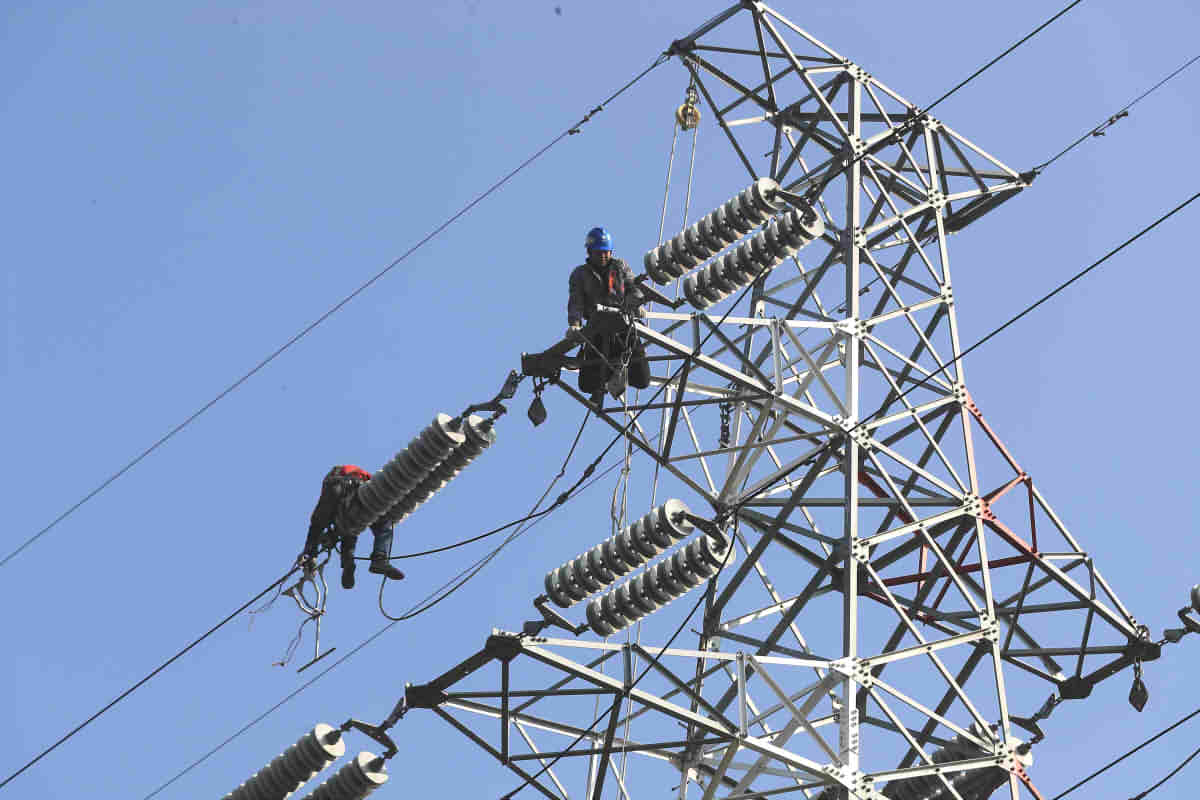In daily life, all the cables we use are covered with insulation to prevent electric shock. But, Why do high voltage cables use bare conductors without insulation?? In fact, this is due to the voltage level and the characteristics of the cable.
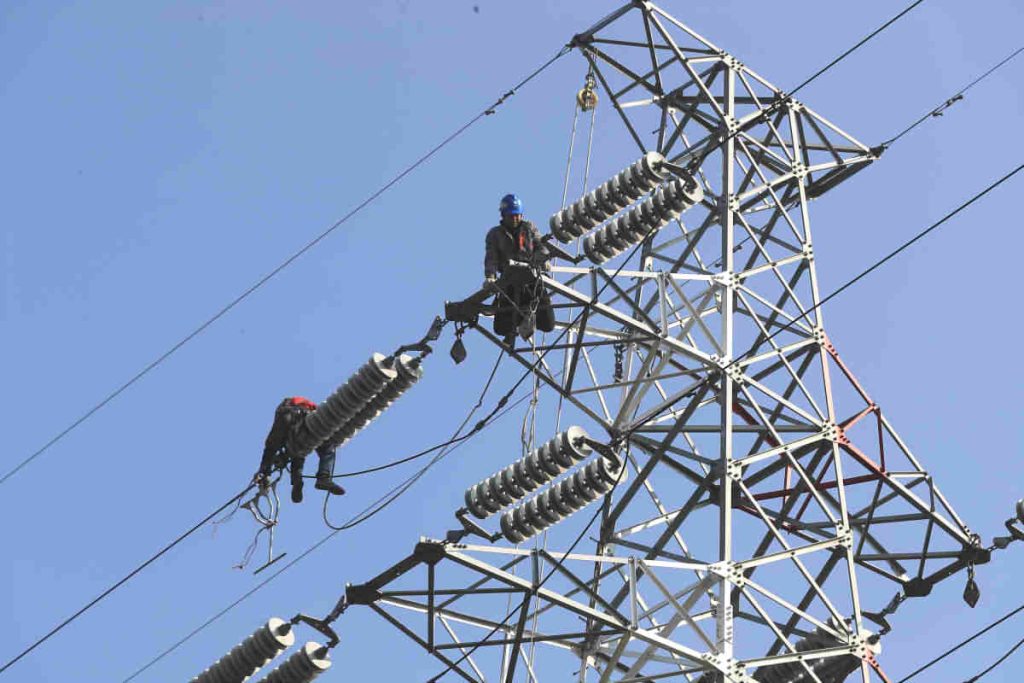
Usually, the voltage in homes is only 220V, and with a thin layer of insulation it is enough to prevent electric shock. Nevertheless, in the case of high voltage equipment, even if they don't touch, proximity to this equipment may cause electrical shock. Most high voltage lines transmit voltages above 10kV, and some go up to 100kV or even 500kV. If insulation were added to these high voltage cables, a conventional insulation layer would not be enough at all.
Table of Contents
Technical Difficulties and Costs of HV Insulated Cables
Insulation Methods for Bare High Voltage Cables
Does Rain Affect Overhead High Voltage Cables?
Insulated High Voltage Cables
Resume
Technical Difficulties and Costs of HV Insulated Cables
Currently, most airlines in cities (electricity poles in the streets) they are 10kV lines. These use insulated aerial cables such as ABC aerial cable. The thickness of the insulation layer of these cables is not very large., so it does not significantly affect the cost of the cable. Since these 10kV lines are in residential areas, the use of insulated aerial cables improves the safety of its operation.
Nevertheless, if insulated cables are used on high voltage lines of 110kV or more, considerable insulation thickness would be required. This would result in a significant increase in costs.. According to the calculation of the safety distance of high voltage lines, which is 3kV per millimeter, the thickness of the insulation layer for a 500kV line would be at least a few 17 cm. If insulated overhead cables are used on high-voltage lines of 110kV or more, costs would increase by at least 3 a 5 times.
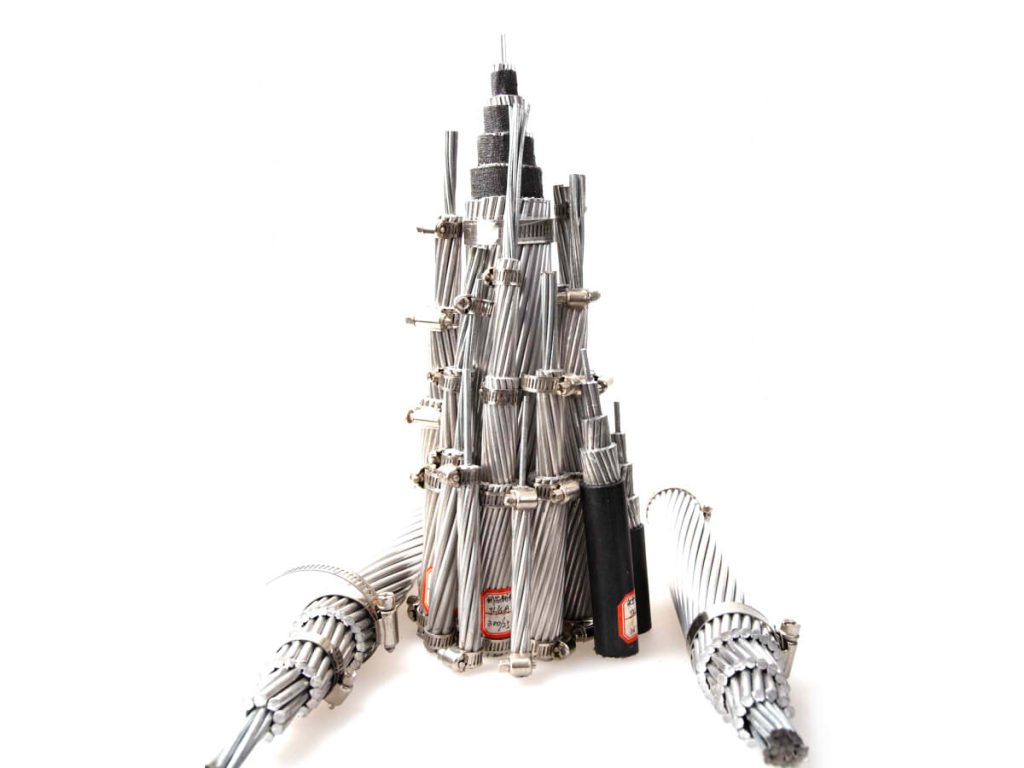
Besides, there would be some technical challenges. First, excessive thickness of the insulation layer would affect the heat dissipation in the cable. To reduce overheating, it would be required to reduce the current that the cable can carry, which would increase costs. In second place, due to the additional weight of the cable, its structural resistance would be compromised. Therefore, it would be necessary to reduce the distance between towers and build more towers to support the heavier cable. Besides, the installation and construction of this type of high voltage electrical cables would present significant technical difficulties.
Insulation Methods for Bare High Voltage Cables
In fact, air itself is a good insulator with a dielectric strength generally greater than 3 kilovolts per millimeter. This is comparable to the effect of common insulating plastics. This means that theoretically, for a bare high-voltage cable of 110 kilovolts, as long as a person is at a distance of at least 40 mm, will be safe. Nevertheless, according to technical specifications, high voltage transmission lines should be away from the ground or buildings, at a distance of several meters and even tens of meters, at least to 2 metros. Therefore, under these circumstances, the use of bare high-voltage cables ensures adequate safety.
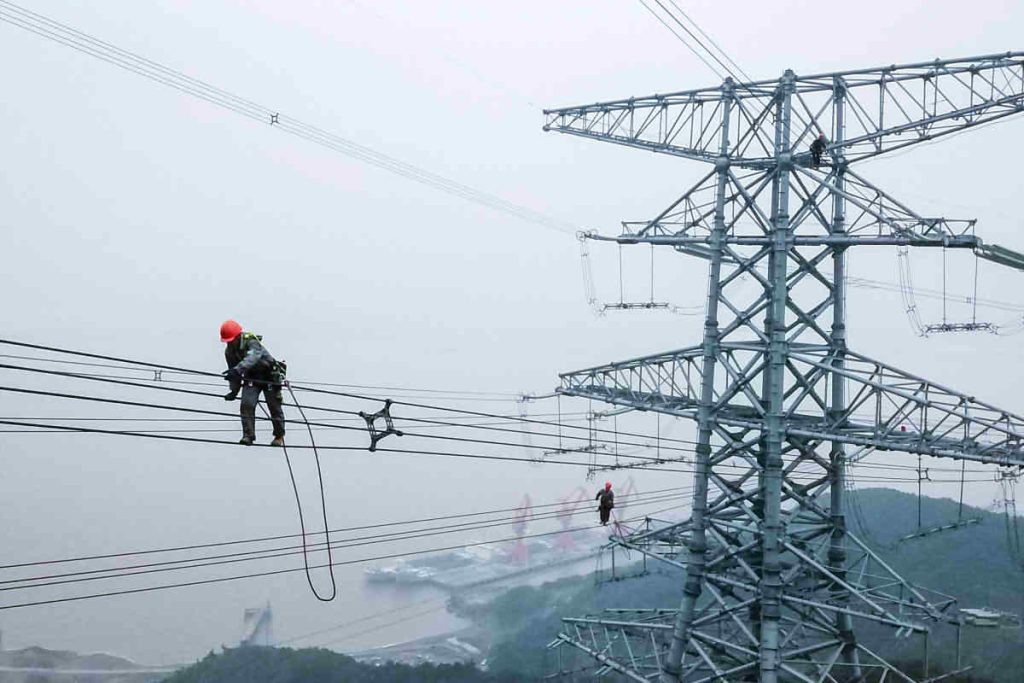
And a bare wire high voltage breaks and falls to the ground or onto a building, there is a high risk of electric shock. Therefore, high resistance standards are required, installation techniques and regular checks for high voltage cables. In fact, only in cases of unavoidable natural disasters, like earthquakes, fire or flood, it is necessary to disconnect the power immediately to prevent possible risks of electric leakage.
If a high voltage cable is found to have broken and fallen to the ground, the safe way to act is to keep a distance of at least 20 meters and contact the corresponding power company to take care of the situation.
Does Rain Affect Overhead High Voltage Cables?
Although rainwater can conduct electricity, it is actually in the form of individual drops. As a result, does not form a complete circuit between high voltage lines and the ground, so high voltage electricity will not be conducted through the raindrops to the ground, thus avoiding short circuits. Therefore, rain does not affect bare high voltage cables. Besides, between the high voltage lines and the metal towers, insulators are used to prevent current from flowing through the towers to the ground.
Insulated High Voltage Cables
In general, in outdoor situations, as long as the overhead lines are installed at a suitable height and there are no buildings near them, either high or low voltage, bare conductors are used. This helps to reduce the construction costs of the lines., and if a sufficient safety distance is maintained, the probability of accidents due to electric shocks is very low.
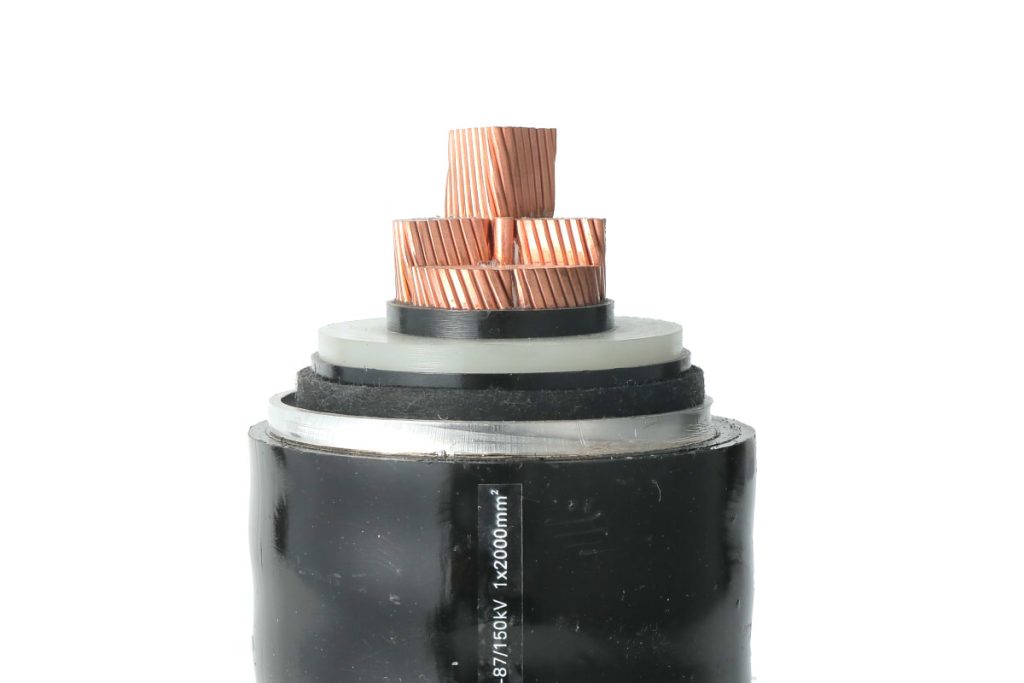
In order to improve aesthetics and safety, today there is a tendency to bury cables in the ground in urban areas. In fact, there are also insulated high voltage cables, as high voltage underground cables and high voltage submarine cables. These insulated high voltage cables have a higher level of technology and cost compared to conventional high voltage overhead cables..
Resume
In summary, overhead high voltage cables, used for long-distance transmission of electricity, they are usually bare wires without any type of insulating coating. This characteristic is due to their location where they are suspended on towers or poles., and its considerable distance from residential areas. Conditions significantly decrease the risk of electric shock or interference with the surrounding environment.
Nevertheless, in certain cases where the electrical infrastructure requires high voltage transmission through bodies of water, high voltage insulated cables are used. These high voltage submarine cables are designed with a thicker insulation layer to ensure greater protection and resistance to the possible corrosive effects of water. Besides, its structure and materials are adapted to withstand underwater conditions, like the pressure, humidity and exposure to marine agents.
Definitely, Both uninsulated overhead high voltage cables and HV insulated submarine cables play a vital role in the efficient supply and distribution of electricity. Its design and characteristics adapt to the specific conditions of each environment, guaranteeing safety and reliability in the transmission of electrical energy over long distances.

